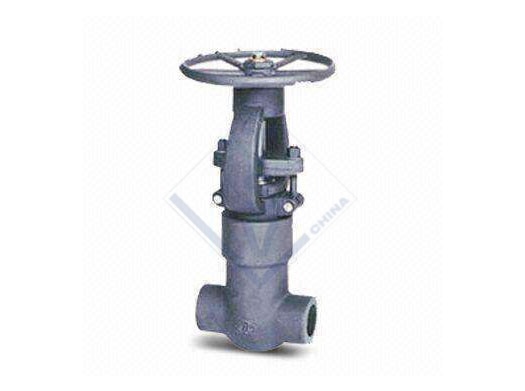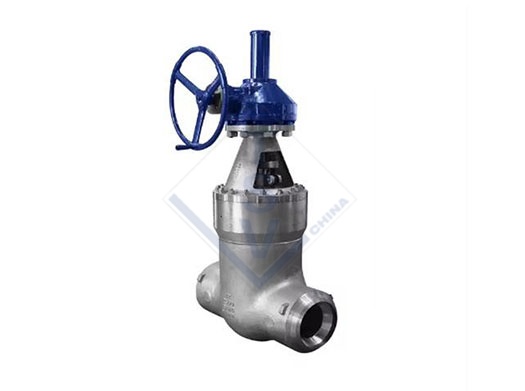The self-sealing gate valve is a type of valve designed to provide a reliable and leak-proof seal under high-pressure conditions. It is commonly used in applications where maintaining a tight seal is critical, such as in oil and gas, power generation, and chemical processing industries. The valve's unique self-sealing mechanism ensures enhanced performance and durability.
Self-sealing gate valve adopts forged valve body, small structure and light weight. It is resistant to high temperature and high pressure; It has the characteristics of small fluid resistance, small impact erosion on the sealing surface, no change in the flow direction of the medium, no resistance to flow, and small pressure drop.
TSV produces pressure self-tightening seal structure of forged steel valve, for being suitable for high pressure situation; Packing box and gate are forged as a whole to ensure compressive strength, making it widely used in petroleum, chemical, thermal power plants and other oil, water steam pipeline for opening and closing, can not be used as throttle valve.
Key Features:
1. Self-Sealing Mechanism:
-
The valve utilizes a self-sealing design where the sealing force increases with the internal pressure.
-
As the pressure rises, the gate is forced against the seat, creating a tighter seal and preventing leakage.
2. Body Construction:
-
The valve body is typically made from high-quality materials such as carbon steel, stainless steel, or alloy steel, depending on the application requirements.
-
The robust construction ensures resistance to high pressure, temperature, and corrosion.
3. Gate Design:
-
The gate is usually wedge-shaped or parallel, designed to provide a tight seal when closed.
-
The gate and seat surfaces are often hard-faced or coated with materials like Stellite to enhance wear resistance.
4. Stem Design:
-
The stem is made from corrosion-resistant materials such as stainless steel and is designed to withstand high torque and pressure.
-
It is often equipped with a blowout-proof design to prevent stem ejection under high pressure.
5. Bonnet Design:
-
The bonnet is bolted or welded to the valve body, providing a secure enclosure for the stem and gate.
-
It is designed to withstand the operating pressure and temperature of the system.
Operation:
-
The valve is operated manually, pneumatically, or electrically, depending on the application.
-
When the valve is closed, the gate moves downward to block the flow, and the self-sealing mechanism ensures a tight seal as the pressure increases.
-
When the valve is opened, the gate retracts fully, allowing unrestricted flow.







 Request a Quote
Request a Quote